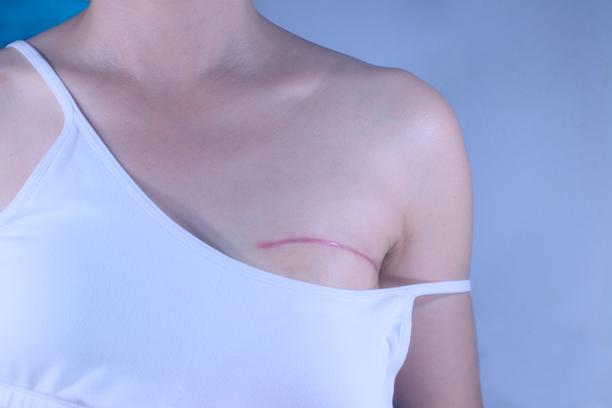|
Reconstructive surgery can leave women with scar tissue, persistent pain in the back or shoulder and hardened breasts that never look or have the same sensation as before treatment. Also, breast implants can rupture and cause infection. Within five years, 35% of women who have implant reconstructions undergo a revision.
A breast with an implant will not age naturally, while the surviving breast will. Up to 50% of implants used for breast reconstruction have to be removed, modified, or replaced in the first 10 years. So, a patient is likely to need more surgery to remove or replace implants during their lifetime.
Increasing concern that women are not informed
Breast cancer is the most common form of cancer in the UK and each year about 45,000 women are diagnosed with it, of which almost 12,000 die. Screening and new generation drugs have significantly improved breast cancer survival rates, but the number of women having breast reconstruction surgery is increasing. This is partly because the incidence of breast cancer is increasing in younger women who are more likely to have the surgery.
According to Marc Pacifico, Consultant plastic surgeon at Queen Victoria Hospital, East Grinstead, "It's very important that women are fully informed about the risks and benefits of breast reconstruction surgery".
|





Comments